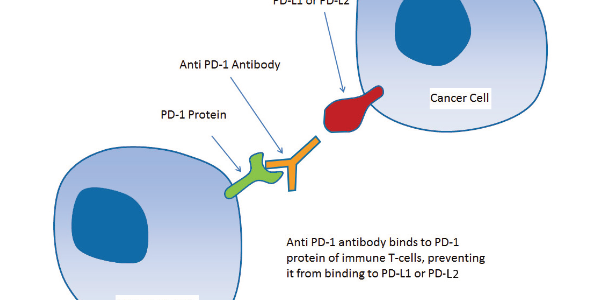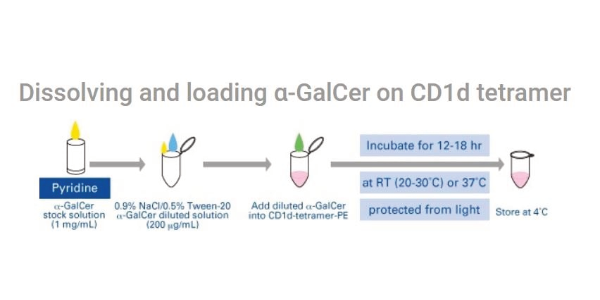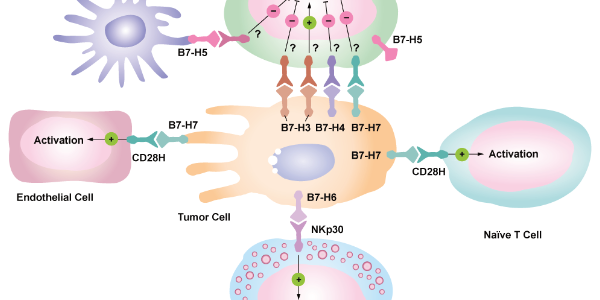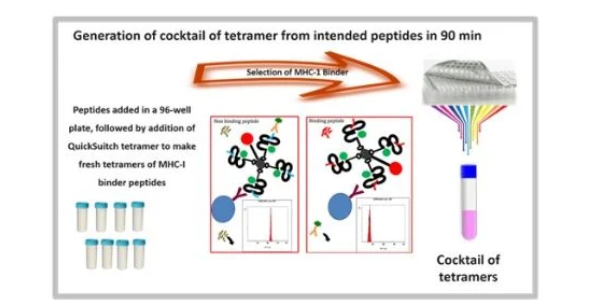ProSci has 25+ years expertise in developing antibodies. This white paper details use of RIPK antibodies & findings on RIPKs in signalling pathways.
Exploring the Roles of RIPKs in Immune Responses, Inflammation, and Cell Death: Recent Findings


ProSci has 25+ years expertise in developing antibodies. This white paper details use of RIPK antibodies & findings on RIPKs in signalling pathways.

ProSci details the importance of PD-1 antibodies are important in resolving complex interactions between the immune system & pathological conditions.

MBL International offers CD1d tetramers prepared by tetramerisation of complexes of CD1d and β2m by PE- or APC- labelled streptavidin.

Recently 5 new B7 family ligands, B7-H3, B7-H4, B7-H5, B7-H6 & B7-H7, were identified, all of them possibly of high interest in immunotherapy research.

The process of T cell exhaustion & how it can be harnessed for immuno-oncology drug discovery and for immune checkpoint screening of drug candidates.
In a previous blog post (How to screen SARS-CoV-2 peptides to facilitate T cell research) MBL International described how the immune system samples all of the pathogenic proteins by looking at the small fragments of each protein and determining whether that
In a previous blog post (How to screen SARS-CoV-2 peptides to facilitate T cell research), MBL International describes how the immune system samples all of the pathogenic proteins by looking at the small fragments of each protein and determining whether
In a previous blog post (How to screen SARS-CoV-2 peptides to facilitate T cell research) MBL International described how the immune system samples all of the pathogenic proteins by looking at the small fragments of each protein and determining whether
In a previous blog post (How to screen SARS-CoV-2 peptides to facilitate T cell research) MBL International described how the immune system samples all of the pathogenic proteins by looking at the small fragments of each protein and determining whether
Whenever our immune system is faced with a challenge, be it a multicellular parasite, a bacteria, a virus, or even cancer, this threat is detected and sampled primarily by the protein sequence of the pathogen in question. Other aspects of